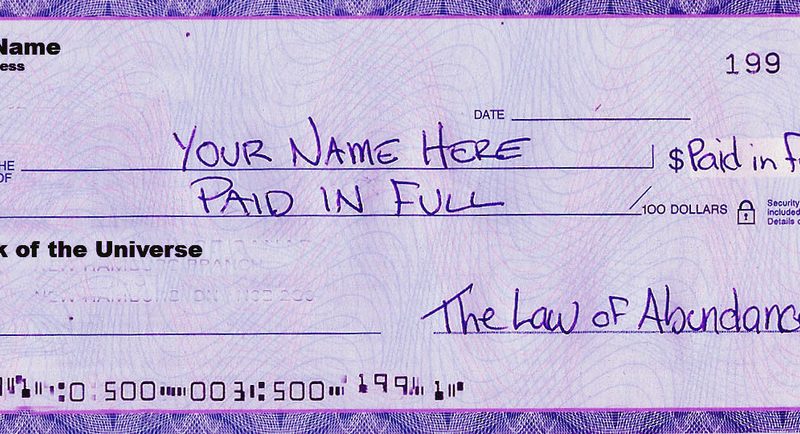
Correctly Write Checks To Yourself
Are you tired of making mistakes when writing checks to yourself? Don’t worry, we’ve got you covered! In this article,
In a world of internet banking, online billing, and digital communication, most people find themselves writing far fewer checks than generations past were used to. That doesn’t mean that this vital financial transaction has become obsolete! Every adult needs to know how to write a check to someone properly. This tutorial will explain all of the essential details.
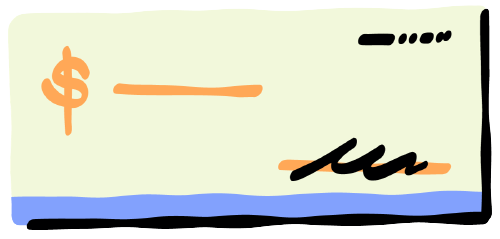



Checks written for amounts larger than your current balance will cause all sorts of problems. Your payment may “bounce,” exposing both you and your recipient to unwanted fees. Bounced checks may even land you in legal trouble in certain circumstances.

Writing checks in non-permanent pencil is a very bad idea. Anyone who gets hold of your it could alter both the payee and the amount by simply using an eraser.
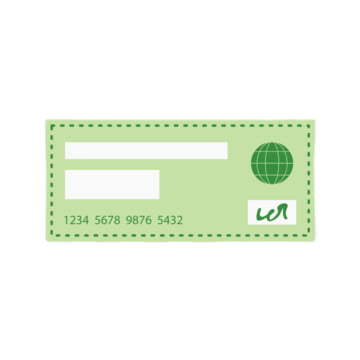
When you’re writing out the payment amount, use up the entire line. Start at the very edge of the space, and add a line after the amount to fill it.
Though you’re free to fill out your check in any order you like, it’s smart to leave your signature until the very last step. A signed check with details missing could give strangers unlimited access to your bank account.
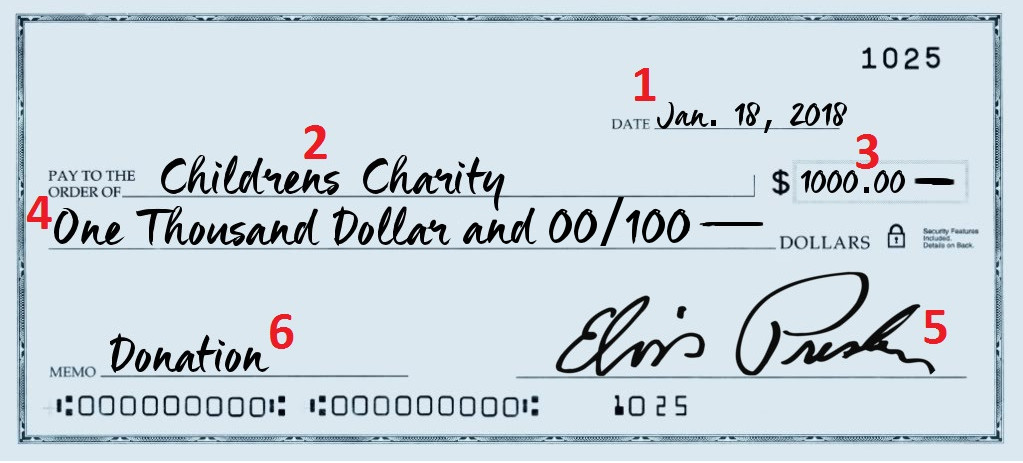
The date line is in the upper right corner. In the vast majority of cases, you’ll use the current date when you write a check. Postdating it (using a date in the future) is possible, but it carries some risks with it.
You’ll need to identify the person or organization you’re giving money to. This information goes on the line labeled “pay to the order of.” When you’re writing checks in the presence of the recipient, it’s always a good idea to verify the exact name which you need to write here. As a general rule of thumb, avoid making them out to “cash.” Your bank will honor such checks, but they represent a security threat because they can be stolen and used by unintended payees.

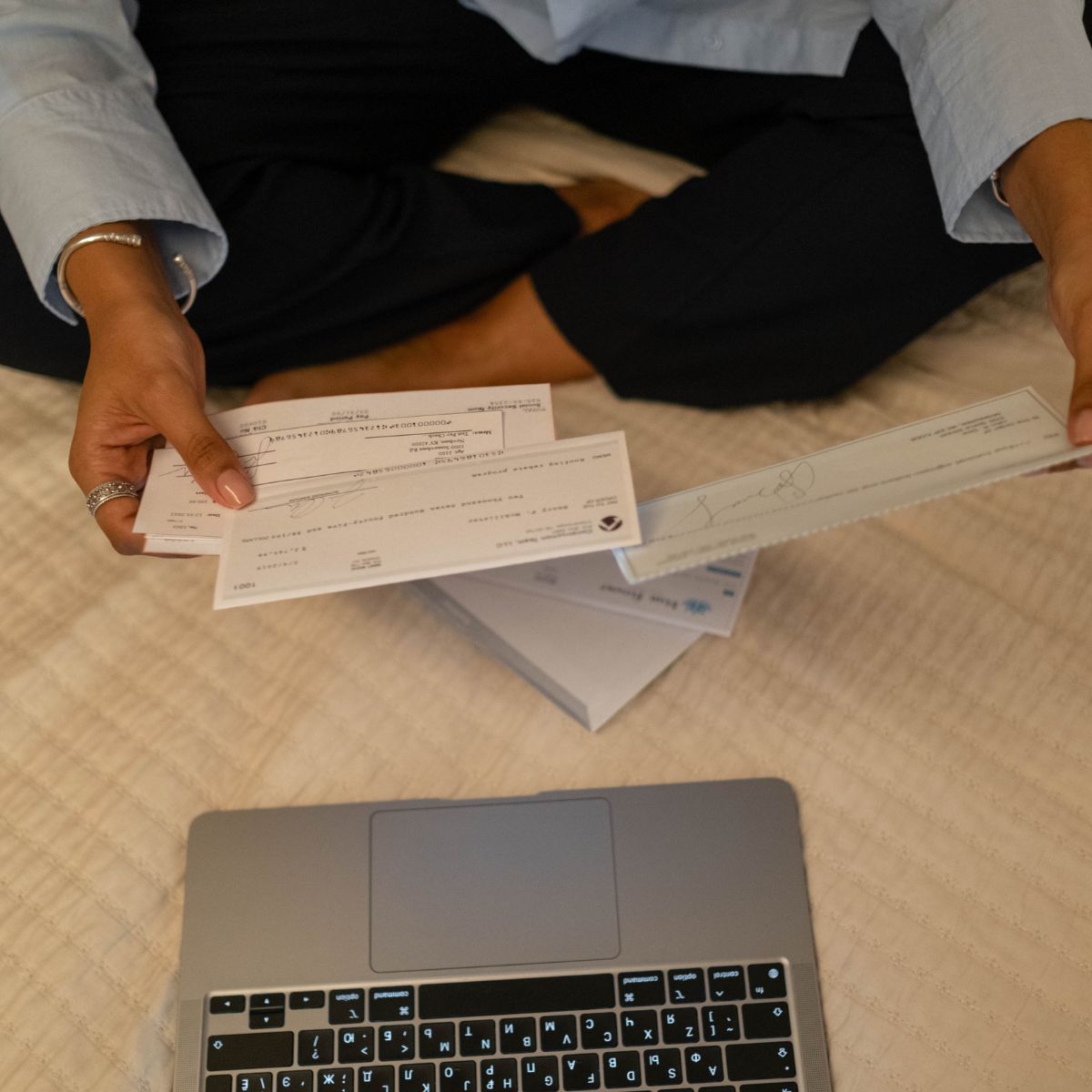

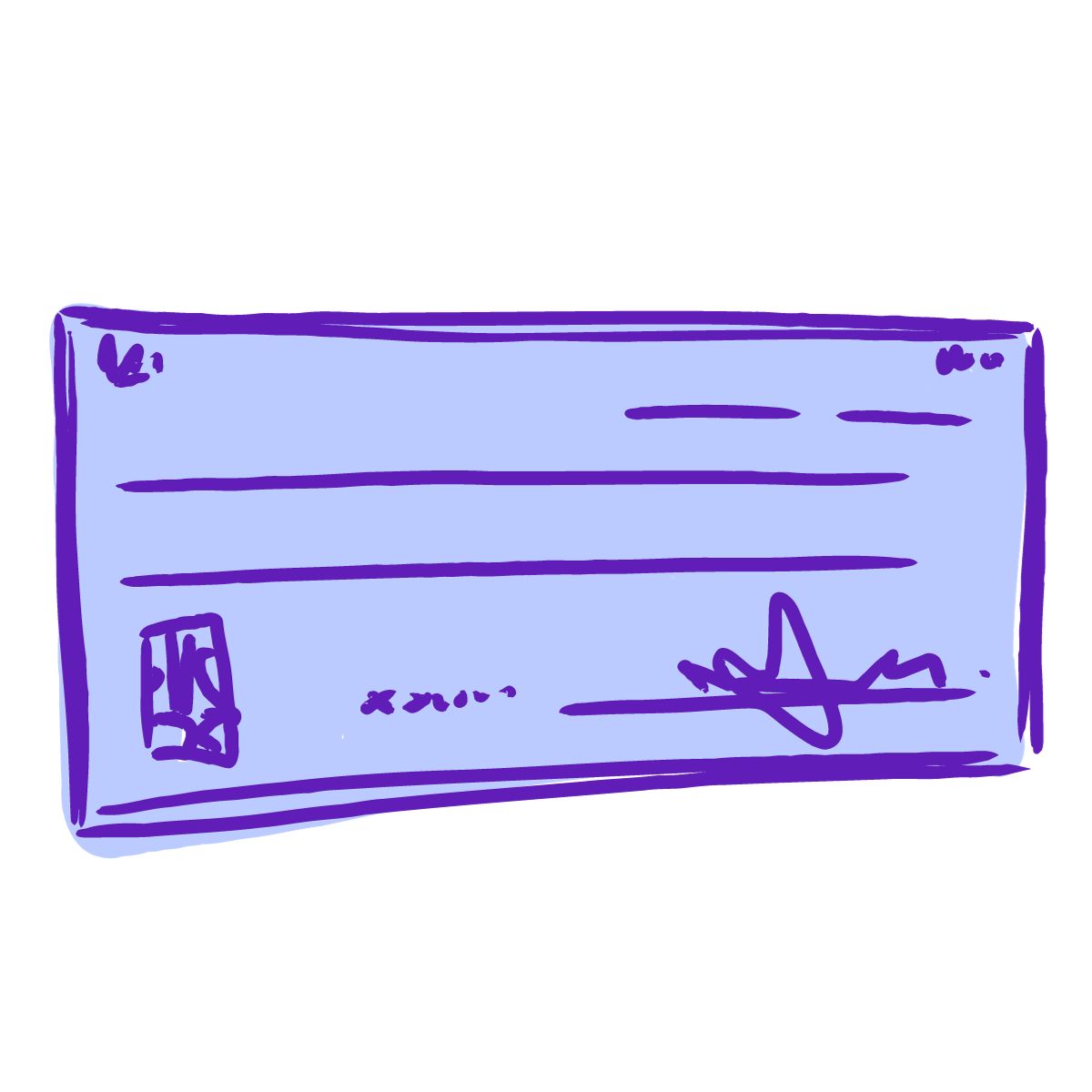
The amount of money you’re turning over needs to be explicitly noted. Write it in numerals in the closed box on the right side of the check. It’s a good idea to start writing at the left-hand edge of the box. This makes it harder to make a fraudulent change to it by adding digits to the payment amount.
On the second line of the check, you need to write out the amount of your payment in words. This is the legally binding payment amount. If you are writing a check with two different amounts, the total written out in words will be the amount used by your bank. Another good fraud-prevention habit is to write out your payment amount using CAPITAL LETTERS – they’re more difficult to change.
Your check is only valid if it includes your signature on the line in the lower right corner. Make sure that you use the same signature that your bank has on file.
What you choose to write here is largely up to you and the party you’re paying. You can leave it blank if you like. If you’d like to add a reminder indicating your reason for writing the check, this is the place to do it. Many payees request that you use this space to include identification or processing information. Examples include adding your Social Security Number on ones written to the IRS or your account number when paying a utility company.
Once it is filled out, record the payment as soon as possible in your check register. You can use the paper version supplied with your checkbook or keep your records electronically, but it’s important to make your record as quickly as possible. The money you’re transferring with your check will stay in your bank account until the recipient cashes or deposits it, but you don’t want to write other checks or make other payments that would run the risk of overdrawing your account.
Checks written for amounts larger than your current balance will cause all sorts of problems. Your payment may “bounce,” exposing both you and your recipient to unwanted fees. Bounced checks may even land you in legal trouble in certain circumstances.

Are you tired of making mistakes when writing checks to yourself? Don’t worry, we’ve got you covered! In this article,
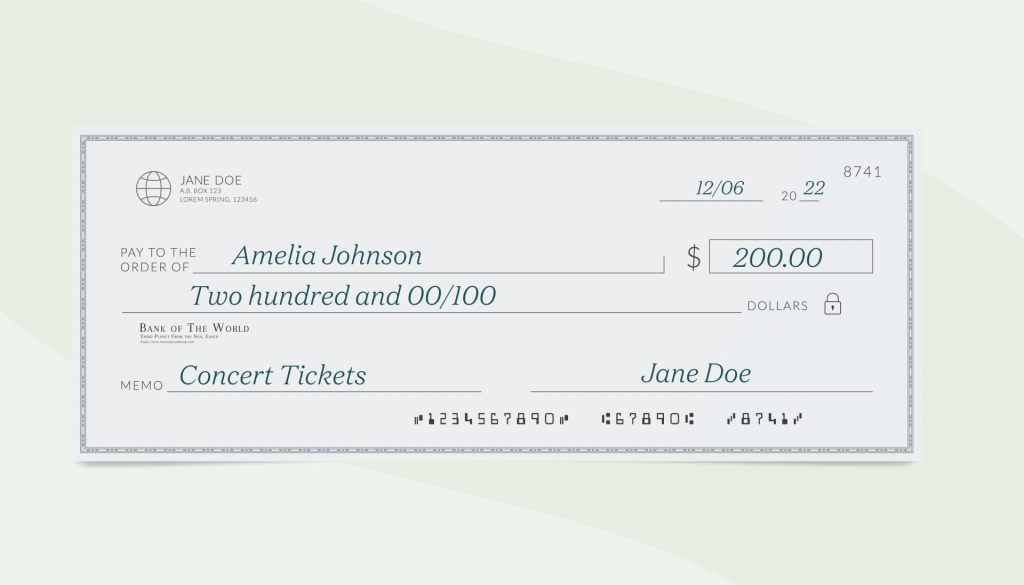
Are you unsure how to correctly write checks without cents? Don’t worry, we’ve got you covered! In this article, we
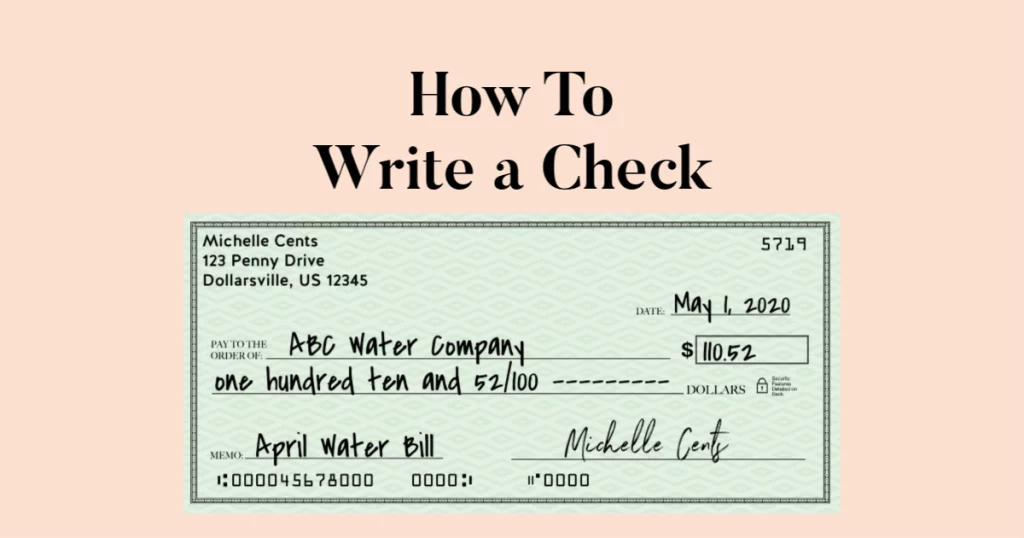
Are you struggling with writing checks with cents the proper way? Don’t worry, we’ve got you covered! In this article,